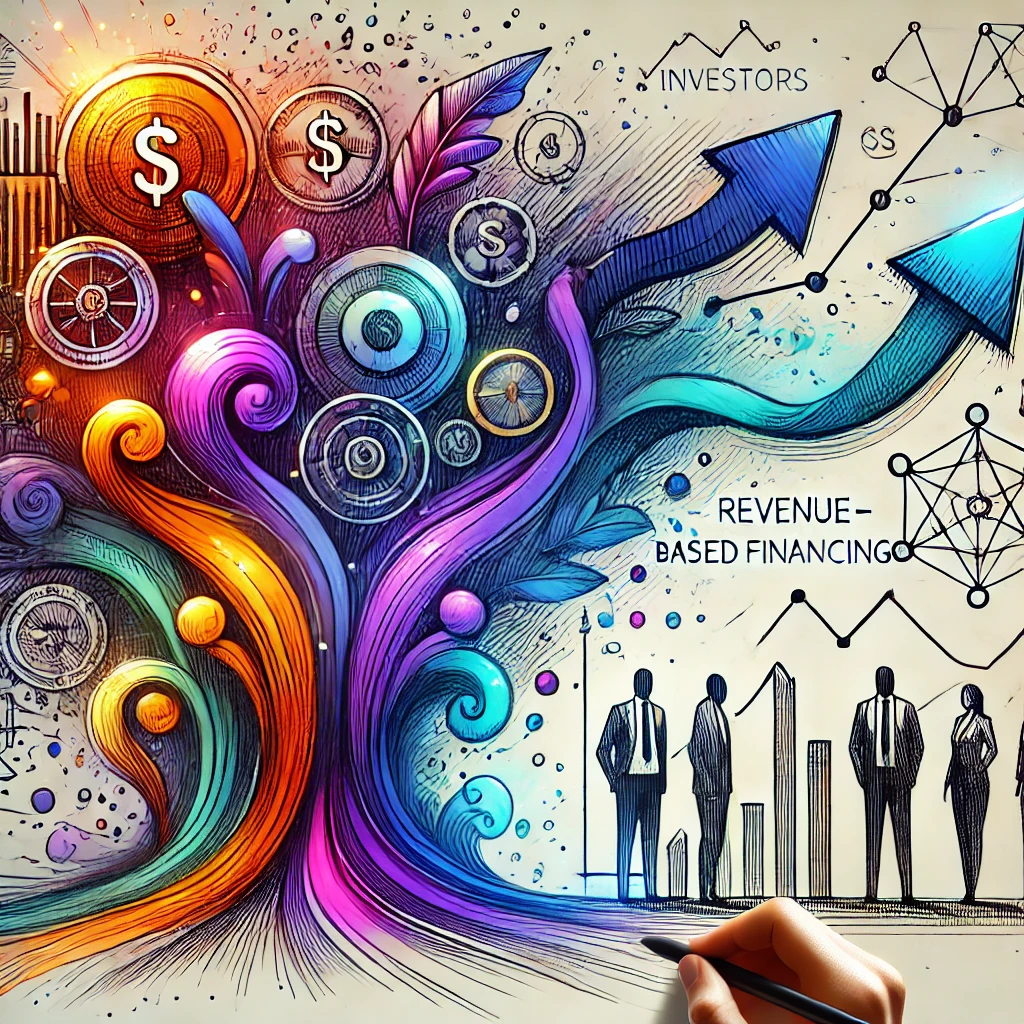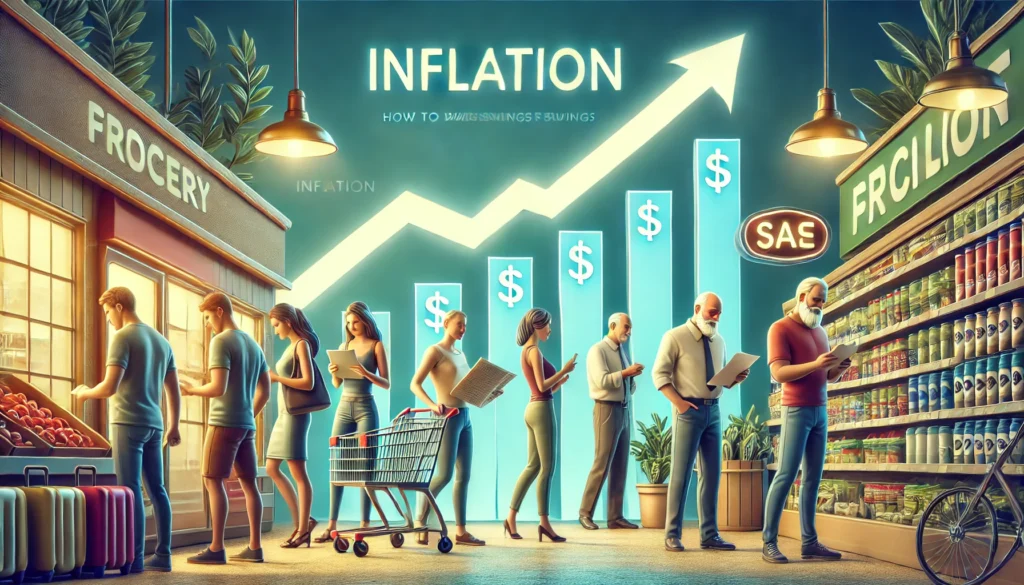Meaning: Real and Nominal GDP
Gross domestic product (GDP) is a measure of the total value of all goods and services produced within a country’s borders in a given period of time, typically a year. It serves as a crucial indicator of a country’s economic health and is widely used to track the performance and growth of an economy.
According to Investopedia “Real gross domestic product (GDP) is an inflation-adjusted measure that reflects the value of all goods and services produced by an economy in a given year. Real GDP is expressed in base-year prices. It is often referred to as constant-price GDP, inflation-corrected GDP, or constant-dollar GDP. Put simply, real GDP measures the total economic output of a country and is adjusted for changes in price”.
It’s important to distinguish between nominal GDP and real GDP. Nominal GDP reflects the value of all goods and services produced in a country at their current market prices. On the other hand, real GDP adjusts for inflation by measuring the value of goods and services produced at constant prices. Real GDP provides a more accurate measure of economic growth as it accounts for changes in price levels over time.
- Real GDP is a measure of the economic output of a country that is adjusted for inflation.
- It is expressed in base-year prices, which means that it is compared to the value of goods and services produced in a specific year.
- Real GDP is a more accurate measure of economic growth than nominal GDP because it factors in inflation.
- Nominal GDP is the value of all goods and services produced in a country at their current market prices.
- It does not factor in inflation, so it can give a misleading impression of economic growth.
Here is a table that summarizes the key differences between real GDP and nominal GDP:
| Feature | Real GDP | Nominal GDP |
| Definition | A measure of economic output that is adjusted for inflation | A measure of economic output at current market prices |
| Expression | Base-year prices | Current market prices |
| Accuracy | More accurate measure of economic growth | Less accurate measure of economic growth |
How GDP is Calculated
There are three primary methods to calculate GDP: the expenditure approach, the production approach, and the income approach.
The expenditure approach sums up the total spending on final goods and services within the economy. It takes into account four main components: consumption, investment, government spending, and net exports. Consumption refers to the spending by households on goods and services, such as food, clothing, and entertainment. Investment includes business spending on machinery, equipment, and infrastructure. Government spending comprises the expenditures made by the government on public services and infrastructure. Net exports account for the difference between exports and imports, representing the international trade balance.
The production approach, on the other hand, focuses on calculating GDP by summing up the value of all goods and services produced within the economy. It considers the output generated by all sectors, including agriculture, manufacturing, and services. By aggregating the value of goods and services produced across various industries, this approach provides an overall picture of economic activity.
The income approach calculates GDP by summing up the total income earned by all factors of production in the economy. This includes wages paid to workers, profits earned by businesses, rent from land and property, and interest from financial investments. By measuring the income generated within the economy, this approach offers insights into the distribution of wealth and income among different stakeholders.
Significance of GDP: Indian Context
The significance of GDP lies in its ability to assess the size and growth of an economy and gauge the standard of living of its citizens. A higher GDP indicates that a country is producing a greater quantity of goods and services, potentially leading to higher incomes and an improved quality of life for its residents.
In the case of India, its GDP has experienced steady growth in recent years. As of 2022, India’s GDP reached $3.1 trillion, making it the world’s fifth-largest economy. The country’s GDP growth is projected to remain robust in the upcoming years due to factors such as increasing urbanization, rising incomes, and expanding consumer demand. These factors have contributed to the sustained growth and development of various sectors, including manufacturing, services, and technology.
Additionally, GDP data is used by central banks, governments, and businesses for decision-making and policy formulation. Central banks rely on GDP figures to set interest rates. When the economy is experiencing rapid GDP growth, central banks may raise interest rates to curb inflation. Conversely, during periods of slow GDP growth, central banks may reduce interest rates to stimulate economic activity.
Governments also utilize GDP data to allocate resources effectively. During times of economic expansion, governments may increase spending on critical areas such as education, healthcare, and infrastructure development. In contrast, during economic downturns, governments may implement austerity measures and reduce spending to mitigate budget deficits.
Businesses leverage GDP data to make informed investment decisions. When GDP is growing, businesses may be more inclined to invest in new plants, equipment, and technologies to expand their operations and capture emerging market opportunities. Conversely, during economic contractions or uncertainties, businesses may delay or reconsider investment plans to mitigate risks.
Conclusion
In conclusion, GDP is a multifaceted and vital economic indicator used to assess the size, growth, and standard of living within an economy. Its calculations via the expenditure, production, and income approaches provide valuable insights into economic activity, enabling governments, central banks, and businesses to make informed decisions. As economies evolve and expand, continuous monitoring and analysis of GDP help to ensure sustainable growth, stability, and the efficient allocation of resources.


